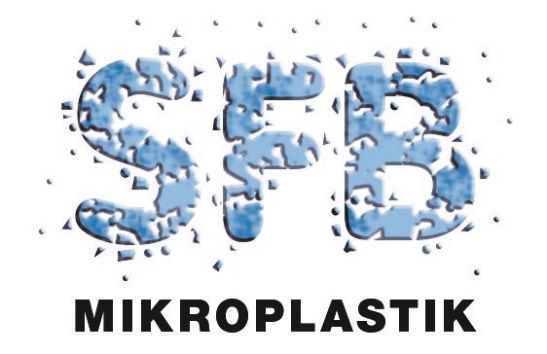
Congratulations to Prof. Laforsch. and Dr. Löder on this special award "Highly Cited Researchers 2025": it honours the 1% of scientists whose publications are cited most frequently worldwide. An overview of all publications of tht CRC can be found in the "Publications" section.
...more

The doctoral student group of SFB 1357 Microplastics travelled to Bremerhaven and visited the Alfred Wegener Institute (AWI) for an intensive scientific discourse and to expand their network.
...more
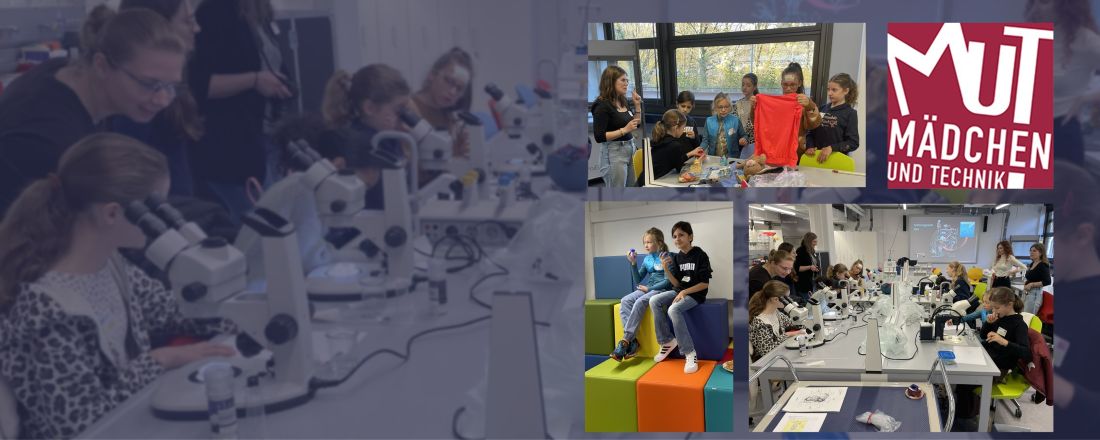
The event “Microplastics – harmless particles or invisible danger?” as part of “Auf die Plätze – Technik – los!” at the University of Bayreuth was a complete success! Numerous girls between the ages of 9 and 14 took advantage of the opportunity during the fall break to get to the bottom of exciting questions about microplastics
...more
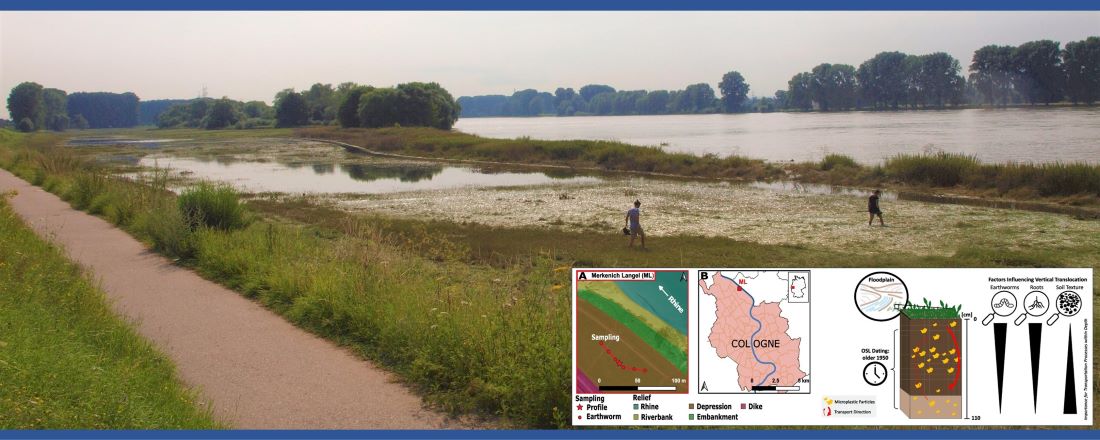
A new study by Pauline Seidel and project areas B06 and A02 reveals surprising findings: even in undisturbed soils, microplastic particles can penetrate to depths of over one meter—and biological activity and soil structure play a decisive role in this process.
...more
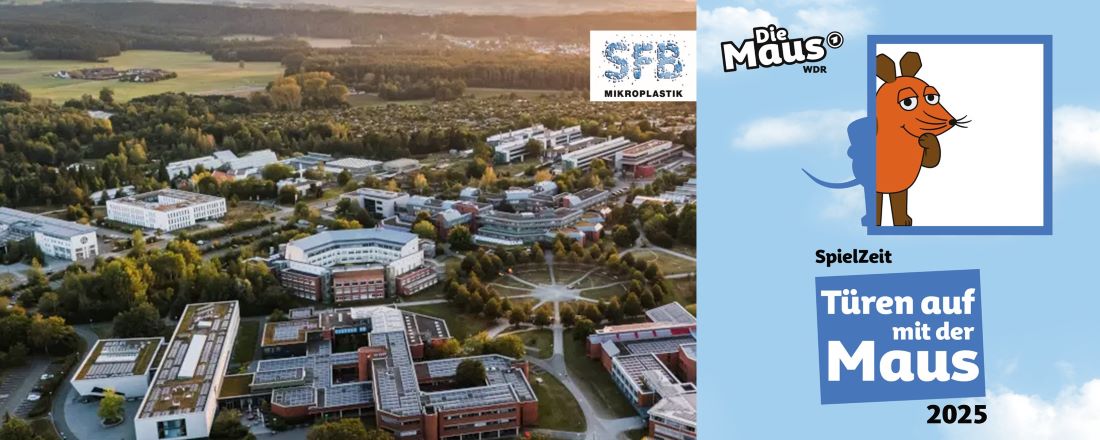
Around 100 children and their guardians visited us on the “Türen auf mit der Maus” day at the CRC Microplastics station. The children showed how enthusiastic they are about exciting and interesting stories related to science. We are already looking forward to next year!
...more

This conference provides a platform for scientific exchange, innovative solutions, and collaborative efforts toward mitigation strategies. The CRC Microplastics was there as a sponsor.
...more
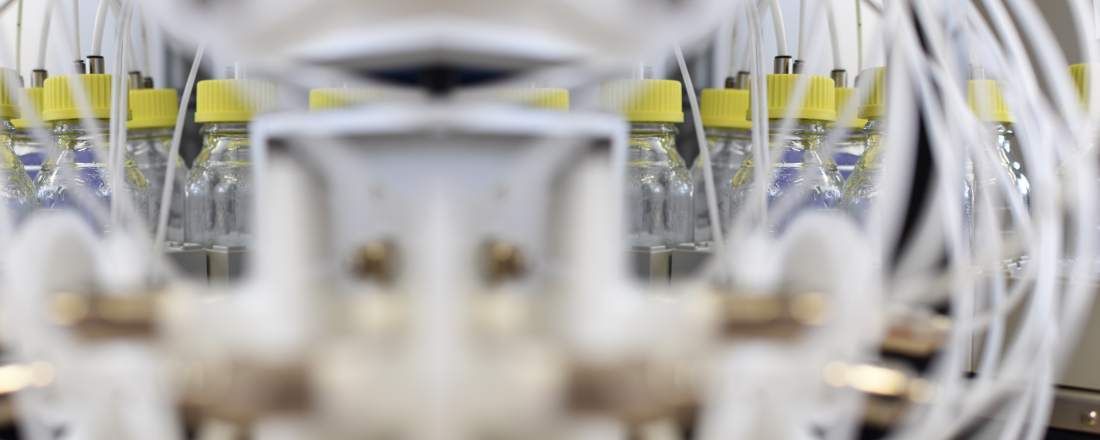
Glückwunsch an unser C03 Team! Der Artikel "Degradation Behavior of Aliphatic−Aromatic Polyesters: from Microplastic-free Composting to Enzyme-Driven Recycling Possibility" zeigt dass Struktur-Eigenschafts-Abbau-Beziehung wichtig sind um nachhaltige Polymere mit maßgeschneiderten Abbauprofilen zu entwickeln.
...more
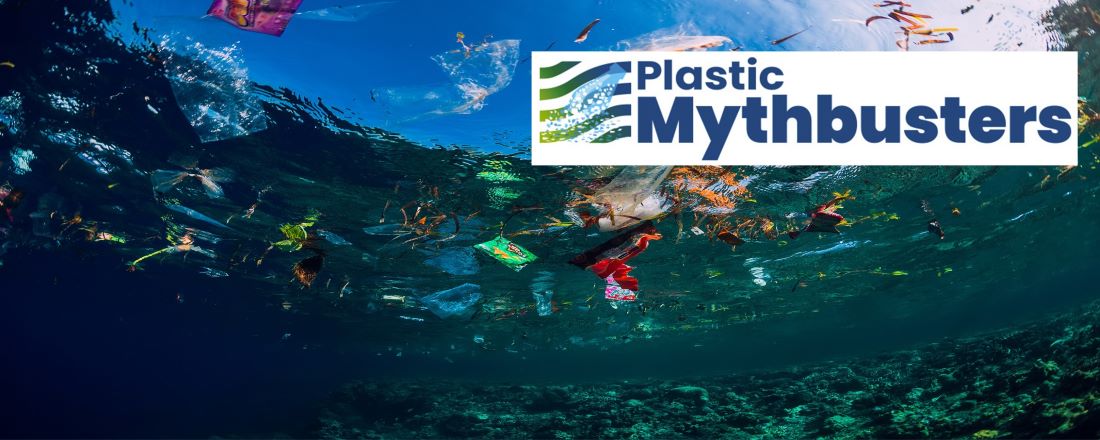
With the Plastic Mythbusters quiz, you can test your knowledge of popular claims and myths about plastic pollution in the environment. This project was developed in collaboration with Dr. Ramsperger, member of the SFB Microplastics.
...more
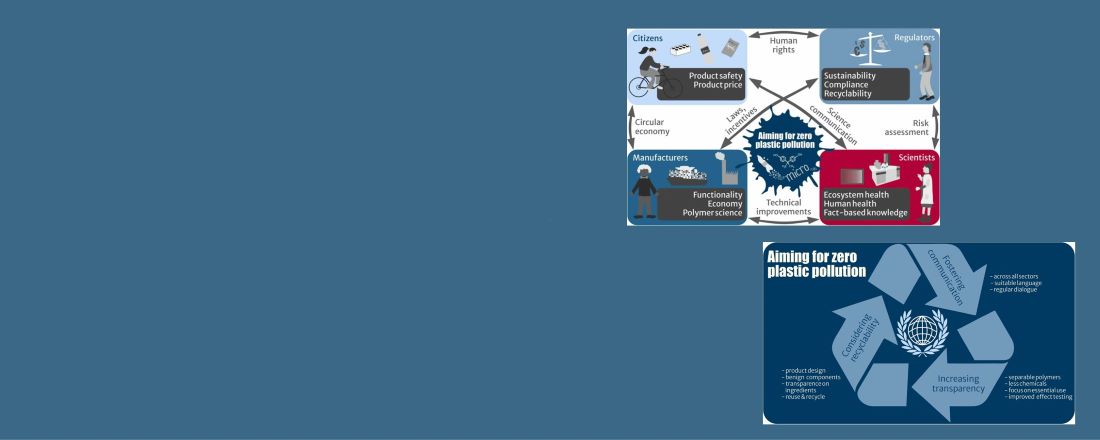
Multisectoral considerations to enable a circular economy for plastics. Three measures to advance a circular economy of plastics. By Prof. Laforsch and Dr. Ramsperger et al.
...more
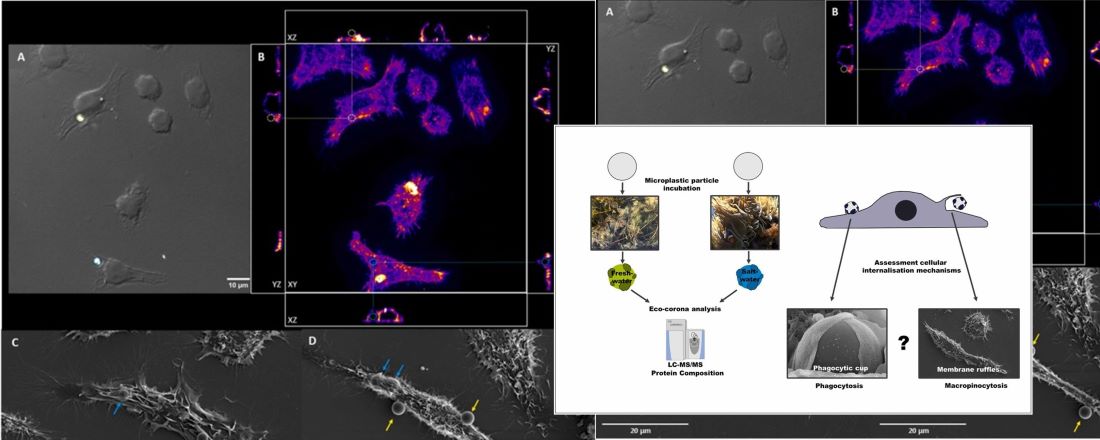
Published in the Journal Hazardous Materials: Cellular internalization pathways of environmentally exposed microplastic particles: Phagocytosis or macropinocytosis?
...more

